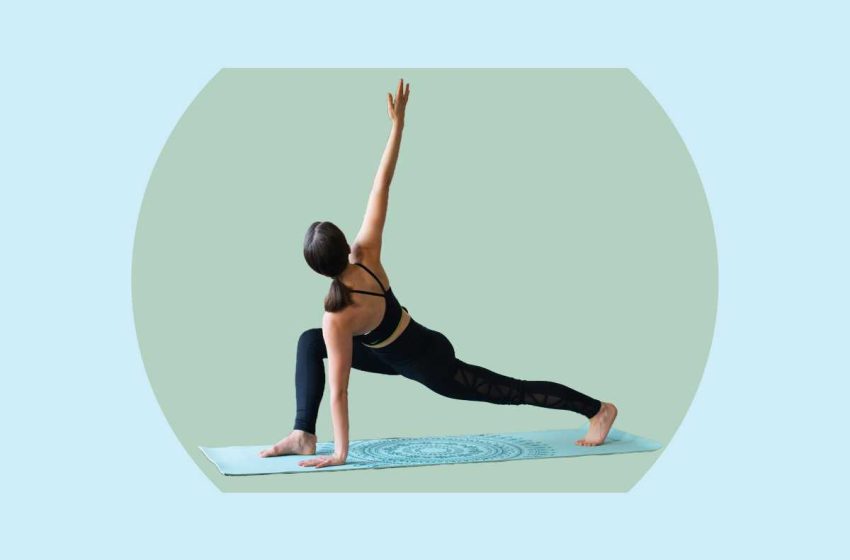Post-Rhinoplasty Care: How to Shower Properly and Protect Your

How Can Stretching And Flexibility Improve Your Long-Term Health?
Many athletes stretch before going for a run, hitting the gym, or playing a sport — but stretching isn’t just for highly active individuals. It’s a physical activity that can contribute to long-term health for people of all ages and abilities.
Stretching and flexibility exercises can increase joint mobility, improve posture, alleviate muscle stiffness, reduce stress, and offer numerous other health benefits. Learn more about how stretching and flexibility can improve long-term health here.
Table of Contents
Flexibility and Aging
Aging is often linked to a reduced range of motion in the joints. One study showed that 28-year-old males had a 13.9% range of motion in their shoulders, while 85-year-old males had just 5.2%. The reduction in flexibility is typically due to everyday actions and aging. Inactivity and certain stationary positions can cause muscles to tighten.
A different study showed that stretching can improve range of motion over time. Research revealed that stretching five times a week for a total of six weeks can improve a person’s range of motion by 2.4 degrees per week for every muscle group stretched. The participants in the study stretched only for periods of 15, 30, and 60 seconds.
Benefits of Stretching for Physical Health
It may take weeks or even months to become flexible, but the increased range of motion can result in numerous physical health improvements. Without stretching, muscles can become too tight and weak. When you use muscles without stretching them first, it can result in muscle damage, joint pain, or strains, leading to even less movement.
Regular flexibility training keeps muscles long and lean to help prevent injury. These healthy muscles can also result in superior balance to assist in avoiding falls.
Small periods of stretching can improve blood flow to cartilage and muscles, driving more nutrients to the muscle and reducing soreness.
Benefits of Stretching for Mental Health
Stretching is as beneficial for the mind as it is for the body. Stress can lead to muscle tension, and ultimately, tightness. Stretching out the tightness can reverse the cycle of muscle tension to alleviate stress. Research from Yale University showed that chronic stress can lead to a shortened lifespan. Regular stretching is one of many ways to help reduce stress and live a healthier lifestyle.
Similarly, stretching has also been linked to higher levels of the neurotransmitter serotonin, known for mediating happiness, optimism, and satisfaction. Stretching can make you feel good, causing decreases in stress, anxiety, and depression.
Stretching for Long-Term Health
It’s evident that stretching can improve long-term health in numerous ways. It can increase your range of motion, reduce joint pain, help prevent injuries, and even boost your mood.
Start slowly, stretching just two or three times a week and holding each stretch for 15 to 30 seconds. Work your way up to stretching more days per week with longer holds on each stretch. Always listen to your body and stop stretching if you feel pain or discomfort.
As with beginning other exercise routines, remember to speak with your doctor or a qualified physical therapist about the best stretching routine for your current fitness level. Creating and executing an appropriate routine could help lead you to a happier and healthier life.



